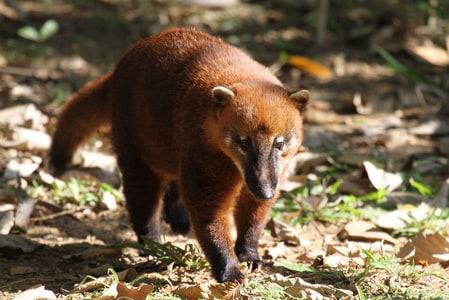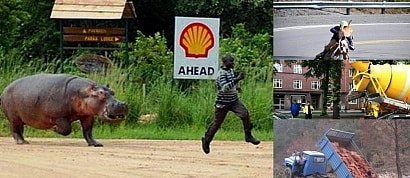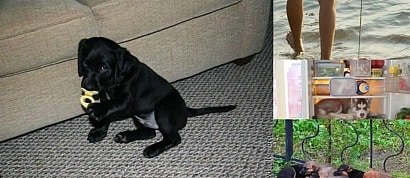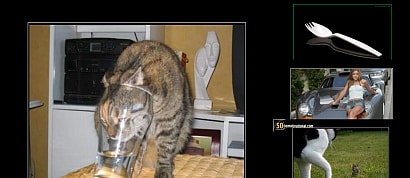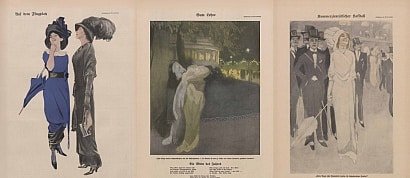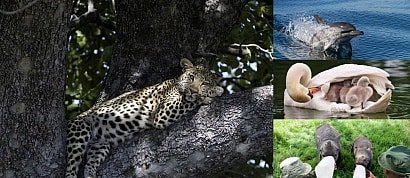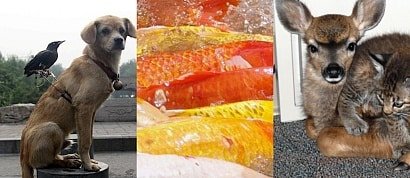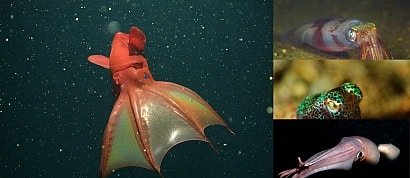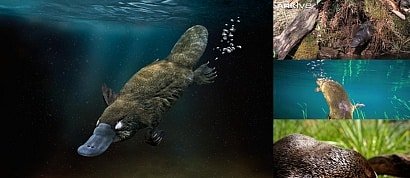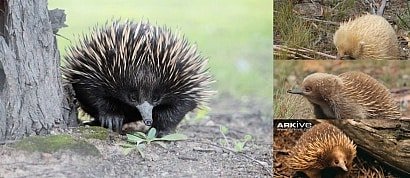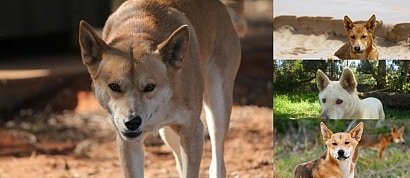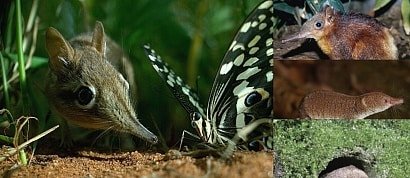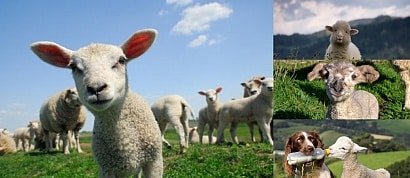A list of my favorite images of coatis.
en.wikipedia.org/wiki/Coati
Coatis, also known as coatimundi, Mexican tejón, cholugo, moncún, hog-nosed coons and other names.
They are members of the raccoon family (Procyonidae). They are diurnal mammals native to South America, Central America and south-western North America.
The term is reported to be derived from the Tupi language (Brazil).
Overall, coatis are widespread, occupying habitats ranging from hot and arid areas to humid Amazonian rainforests or even cold Andean mountain slopes, including grasslands and bushy areas.
Their geographical range extends from the southwestern U.S. (southern Arizona, New Mexico, and Texas) through northern Uruguay. Around 10 coatis are thought to have formed a breeding population in Cumbria, UK.
Coatis have bear and raccoon-like paws, and coatis, raccoons and bears walk plantigrade (on the soles of the feet, as do humans).
Coatis have nonretractable claws. Coatis also are, in common with raccoons and other procyonids (and others in the order Carnivora and rare cases amongst other mammals), double-jointed and their ankles can rotate beyond 180°; they are therefore able to descend trees head first.
The coati snout is long and somewhat pig-like – part of the reason for its nickname 'the hog-nosed raccoon'. It is also extremely flexible – it can be rotated up to 60° in any direction. They use their noses to push objects and rub parts of their body. The facial markings include white markings around the eyes and on the ears and snout.
Coatis have strong limbs to climb and dig and have a reputation for intelligence, like their fellow procyonid, the raccoon. They prefer to sleep or rest in elevated places and niches, like the rainforest canopy, in crudely built sleeping nests. Coatis are active day and night.
Coatis are omnivores; their diet consists mainly of ground litter invertebrates, such as tarantula, and fruit. They also eat small vertebrate prey, such as lizards, rodents, small birds, birds' eggs and crocodile eggs. The snout, with an acute sense of smell, assists the paws in a hog-like manner to unearth invertebrates.
In the wild coatis live for about seven to eight years while in captivity they can live for up to 15/16 years.
Added to
People who voted for this also voted for
Oops, Part 5; A Bad Day...
Anautix' TV-Series Diary 2014
Animal Candids 10, The Cute Factor 3; Puppies
Movies set in the 1940s
Anautix' favourite Classic European Actors
Anautix' Music Lists
Movies set in the 1900s-1910s
Movies set in the 1930s
My travel destinations (international)
Misc. Funny Shit; part 4
Animal World, Part 3, Them and the Kids
Marcello Dudovich' "Simplicissimus" Artworks_2
Anautix' Movie Highlights
Animal Candids 6
Animal Candids 12, Odd Friendships
More lists from kathy
Favorite Images of Squid & Cuttlefish
Favorite Images of Quokkas #2
Favorite Images of Platypuses
Favorite Images of Echidnas
Favorite Images of Dingoes
Favorite Images of Shrews #1
Favorite Images of Sheep & Lambs
 Login
Login